3 min read
The Best Places to See Wildflowers & Gardens in the White Mountains
RiverWalk Author
:
Jul 17, 2023 9:21:34 AM
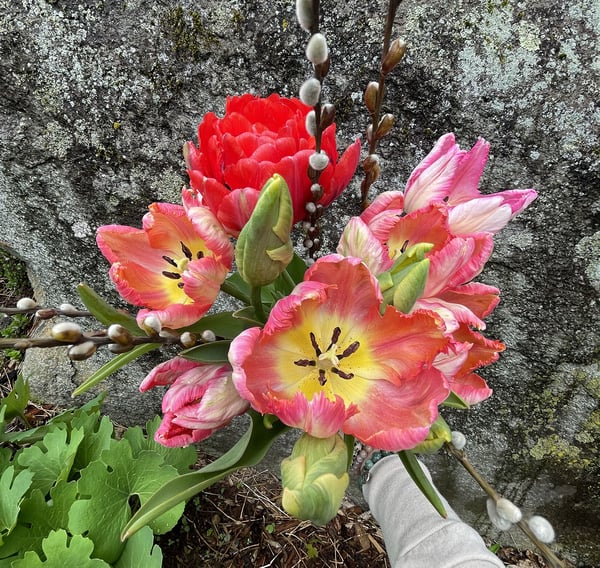
The fall foliage season is absolutely magnificent in the White Mountains, and the snow is a wonder as well, but there’s another equally beautiful time to visit our region… flower season! The White Mountains region is a perfect location to see wildflowers and visit gardens, especially during the spring and summer.
As it’s not common knowledge where to find them though, we’ve compiled a list of the best spots to flower hunt.
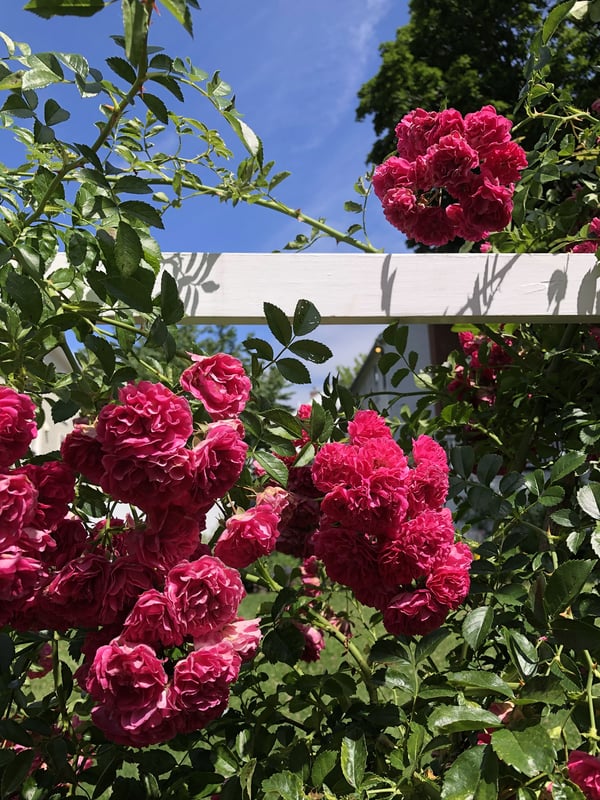
Gardens
Let’s begin with the best area gardens (because they are fabulous!)
-The Androscoggin Ranger Station
With three distinct areas focused on native plants, the Androscoggin Ranger Station is a lovely series of gardens situated near the Presidential Range. More specifically, the gardens are in front and on the sides of the Ranger Station office.
The first area has highbush blueberry, sweet gale, rhodora, bearberry, and New England aster. The second has wild oats, Christmas fern, wild ginger, and bloodroot. And finally, the third has goldenrods, asters, meadowsweet, and milkweed .
You can learn more about the character of this garden and find directions here.
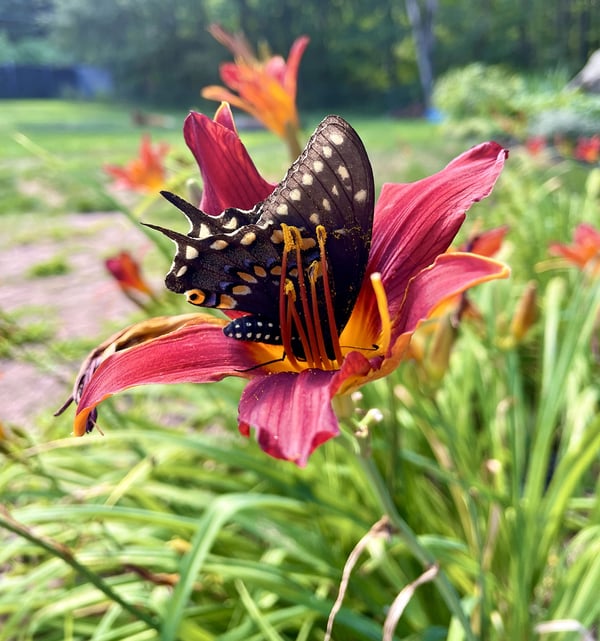
-The Lincoln Woods Native Plant Pollinator Garden
The Lincoln Woods Native Plant Pollinator Garden is a new garden feature that can be found to the east of Lincoln, New Hampshire alongside the Kancamagus.
American hazelnut, maple-leaved viburnum, meadowsweet, purple-flowering raspberry, Canada goldenrod, grass-leaved goldenrod, bearberry, lowbush blueberry, flat-topped aster, and more can all be enjoyed there.
If you’re in the Loon, New Hampshire area, make a stop.
-The Saco Ranger Station Viewing Garden
While the Saco Ranger Station Viewing Garden began with many non-invasive floral species, today it features ones that people in the region would regularly encounter including native grasses, forbs, ferns, red trillium, maidenhair fern, Pennsylvania sedge, beaked hazelnut, flat-topped aster, Canada lily, witherod viburnum, and steeplebush.
This garden is the most visited ranger station in the White Mountain National Forest, so it’s clearly worth the trip.
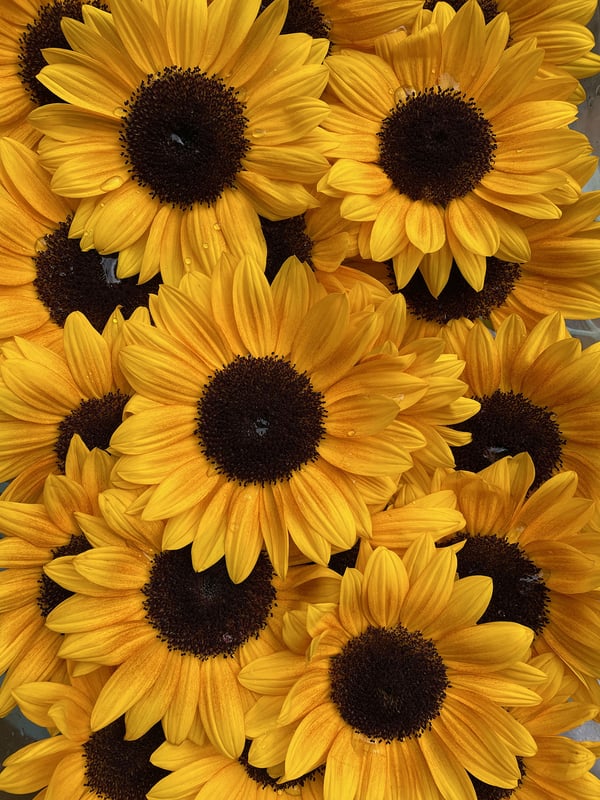
Flower Excursions
If you’d rather venture beyond the garden options, there are plenty of locations to find beautiful blooms and interesting native plants.
-Black Mountain
If you’re willing to do a bit of work to see some flowers, Black Mountain is a fairly short hike with great rewards.
Sheep laurel, mountain holly, lowbush blueberry, three toothed cinquefoil, common hair grass, black huckleberry, lowbush blueberry, cow wheat, pink lady’s-slipper, bracken fern, pale corydalis, and rock polypody can all be found in various areas.
Details about this 3.6-mile hike can be accessed here.
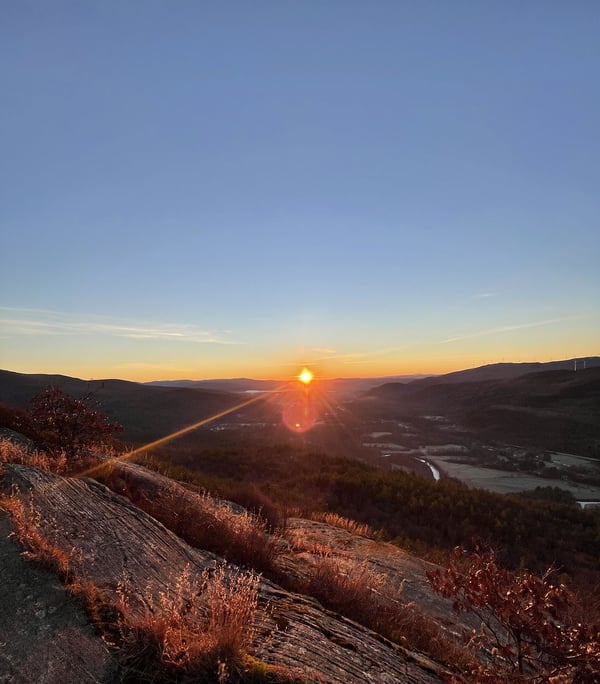
-Rumney Rocks & Rattlesnake Mountain
This fire-adapted area is home to rock climbers and unique flora including Douglas' knotweed, piled-up sedge, fern-leaved false foxglove, harebell, rock polypody, path rush, lichens, mosses, fragrant fern, maidenhair fern, cut-leaved toothwort, squirrel corn, red trillium, and American ginseng. Some of these species are quite rare. We hope you like seeking them out.
You can find out more about this special place here.
-The Sawyer Pond Trail
For those wildflower enthusiasts that are bringing along children or who may want a less intense walk, consider the Sawyer Pond Trail where right along the trail pink lady’s slipper, bluebead lily, partridgeberry, Indian cucumber root, red trillium, mountain wood sorrel can be spotted.
Better yet, this trail ends at the lovely Sawyer pond!
Pro-tip: There are campsites available too for people who want to extend their adventure.
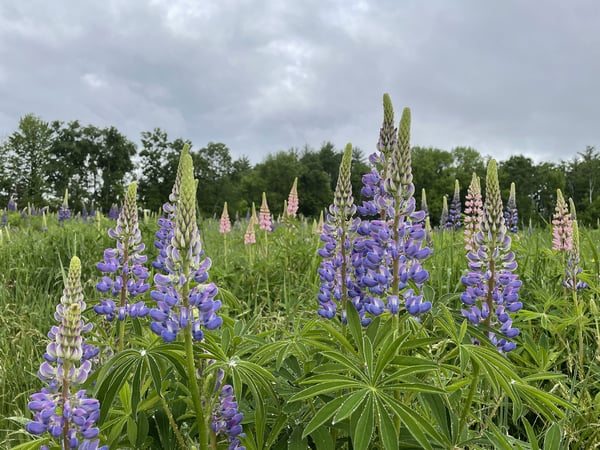
-The Lupine Festival
While June is in the past now, it’s never too early to begin planning for next summer. Each year in early to mid-June, purple lupines pop up in droves, particularly in the town of Sugar Hill. There’s even an annual festival where you can enjoy them along with themed events!
Take a look at Sugar Hill’s self-guided tour map so that you’ll be ready when they come back in season.
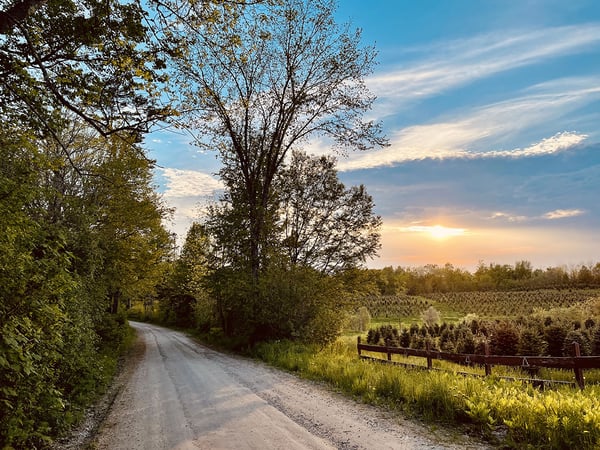
-The Rocks
Another location for lupins and other garden flowers is The Rocks. While it has been closed for sometime due to a renovation project, it will be reopening in September of 2023.
This spot is very special as it’s a sustainable Christmas tree farm that also offers visitors the option to picnic in their gardens alongside hummingbirds and butterflies while they take in the Presidential Range!
Learn more and plan ahead by visiting this helpful link.
Be on the Lookout!
Depending on when you visit and where you explore, keep an eye out for alpine bilberry, labrador tea, mountain cranberry, diapensia, bigelow’s sedge, and mountain avens. These alpine plants, which in some cases go beyond just “florals” are quite incredible. They bloom during different months, so you’ll have to visit often and look high and low to find them all.
You can learn more about each of them here.
Wherever you plan to go to find botanicals, we know you’ll enjoy the area’s natural elegance. And remember, once you are done exploring, RiverWalk will be waiting with options like like wine and dinner, or pools and massages to help you cap off your day in style.

